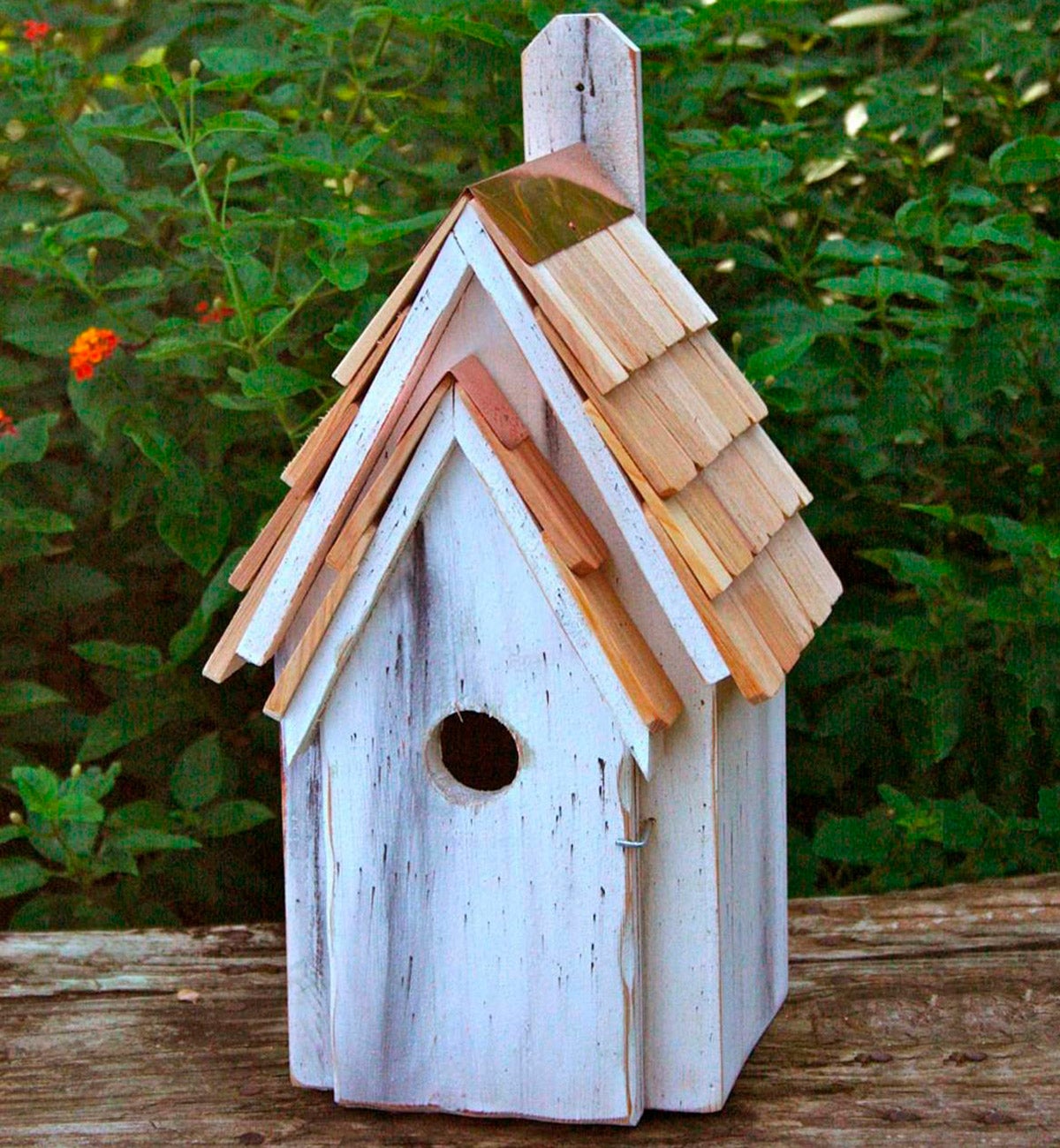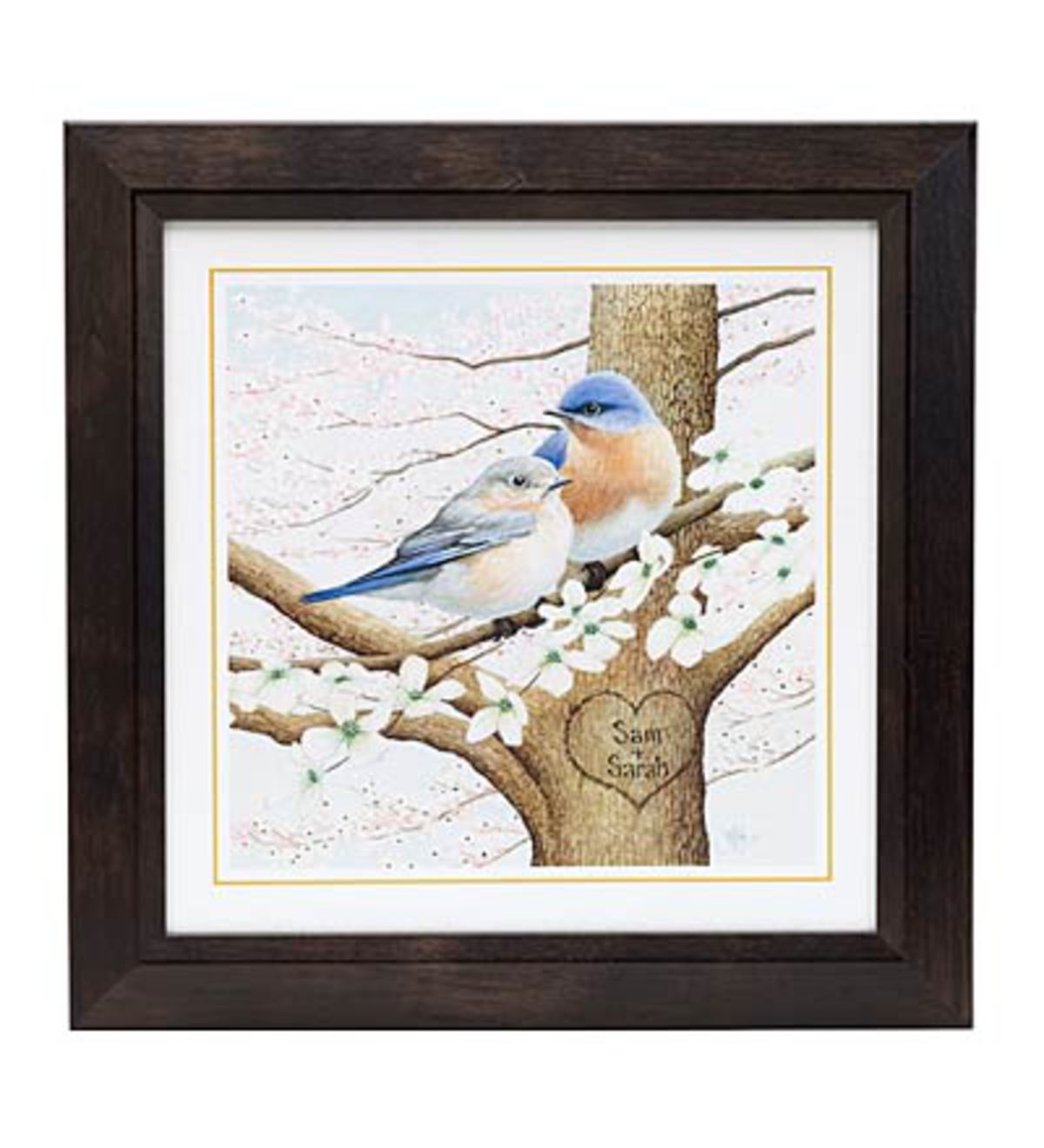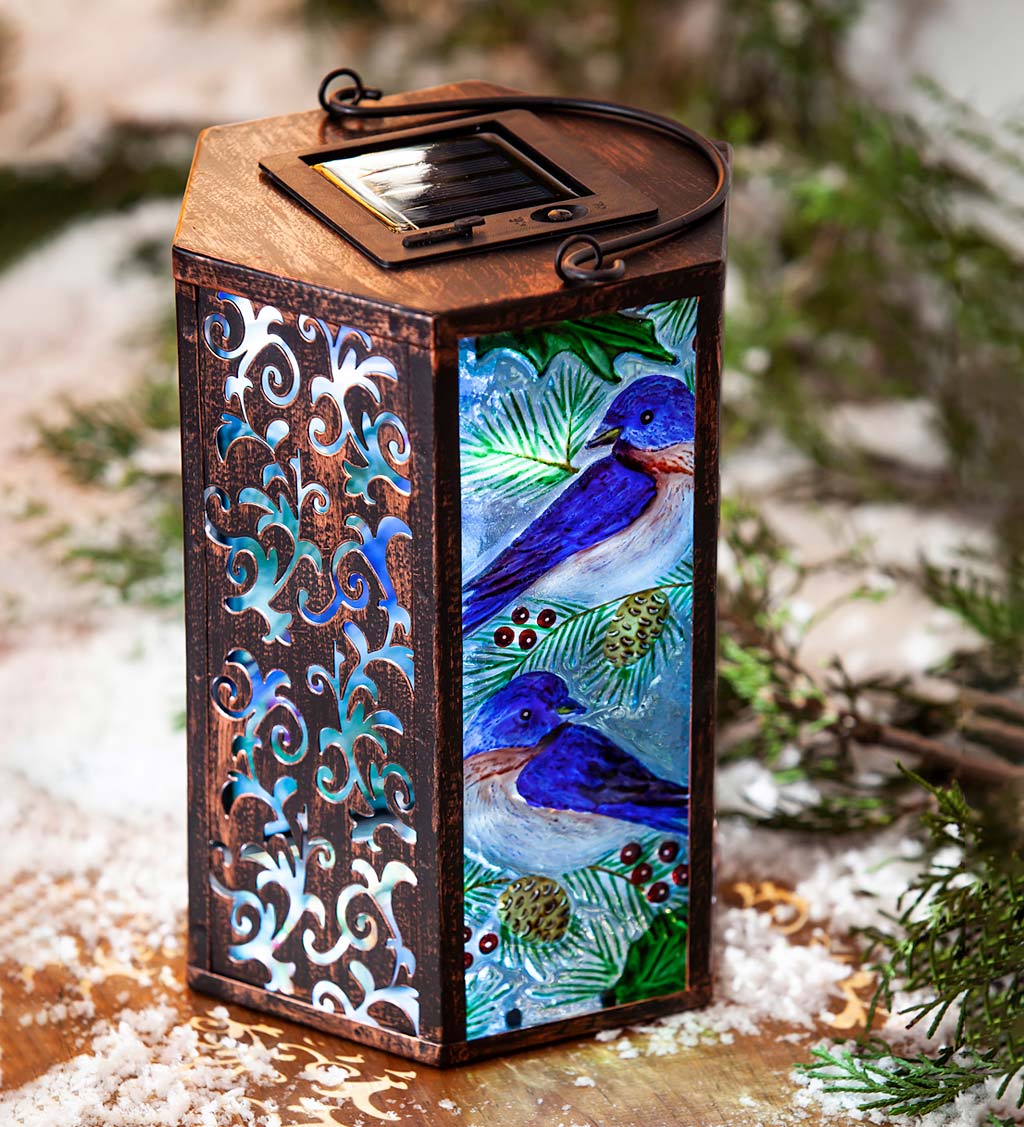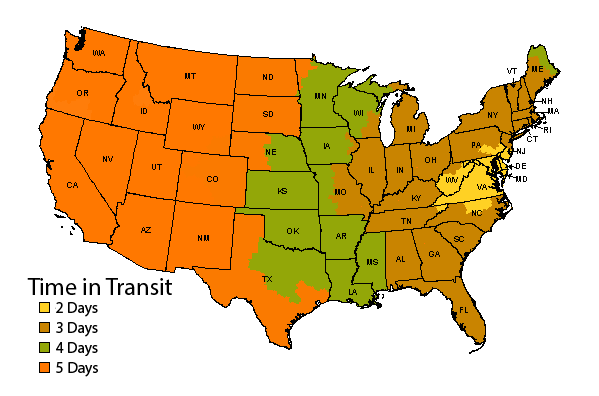
Delivery time estimates do not apply to personalized, large or heavy items (over 20lbs.) that require special shipping, items shipped directly from the manufacturer, or out-of-stock items.
Delivery estimates only apply to the contiguous United States. Saturday, Sunday and national holidays are not considered business days for these estimated transit days.
All About Bluebirds
““The bluebird carries the sky on his back.”
— Henry David Thoreau
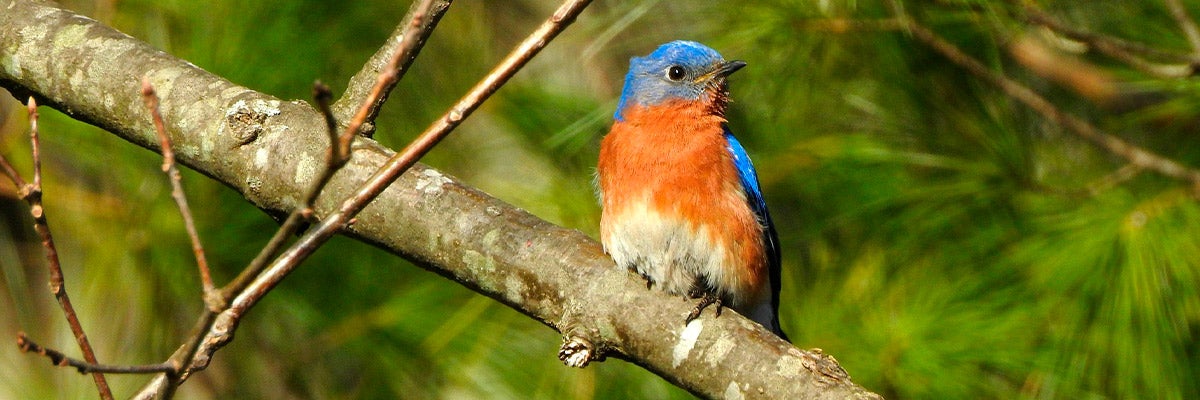
Everyone loves the delightful little bluebird. With its eye-popping color and pleasant song, the sight of a bluebird brings a smile to just about everyone.
The spiritual meaning of bluebird is joy and happiness. In fact, bluebirds have stood as a symbol of all good things, from prosperity to fertility and good luck. This ancient belief dates back thousands of years and spans nearly every culture, from ancient China to Native American and European folklore.
Perhaps that’s why spotting a bluebird is recognized as a sign that happiness is coming your way.
We could all use a visit from a bluebird from time to time.
Let’s learn about these beautiful birds and find ways to attract them to your yard.
Bluebird Species
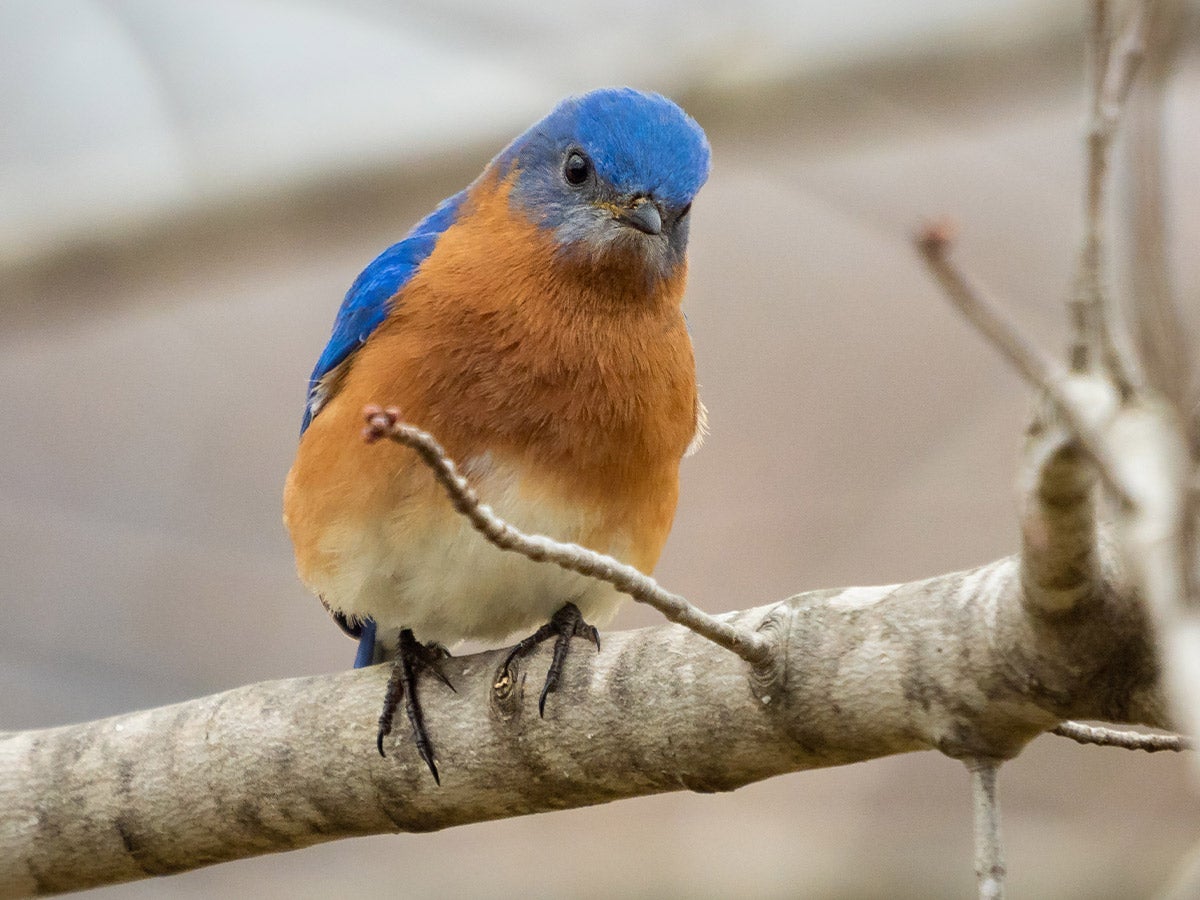
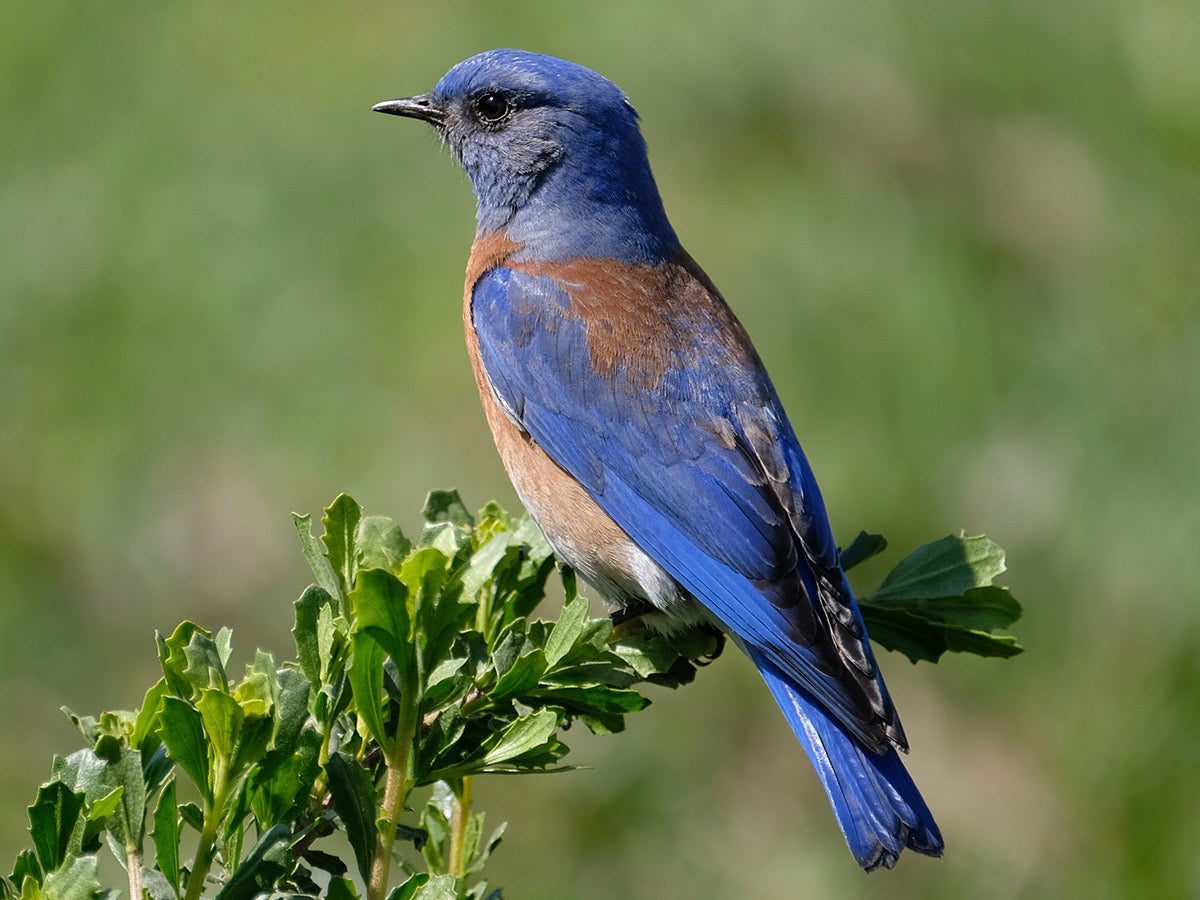
Eastern Bluebird
Eastern Bluebirds are the most abundant species. Males sport the characteristic royal blue on head, back and wings, with a peachy brown breast. Females have a blue/gray coloring on back, wings and tail. They are found east of the Rockies, ranging from Canada to Mexico and Honduras.
Western Bluebird
Western Bluebirds have more rust and white coloring than the Eastern variety, along with the royal blue. They are native west of the Rocky Mountains from Canada to Mexico.
Habitat and Feeding
Bluebirds are most commonly found in open country with scattered trees: farms, forest clearings, and suburban areas with larger lawns and scattered trees.
They like to sit on fence posts and nesting boxes in summer with a useful view for spotting insects. If you’re lucky, you may see one swooping down to catch a fat bug, with a dramatic show of spread wings.
Bluebirds are cavity nesters, meaning they seek out holes in trees or nesting boxes, where they build a cup-style nest of weeds, twigs, dry grass, and sometimes hair or feathers.
They’re not attracted to bird feeders unless you offer mealworms, as their diet consists primarily of insects, along with wild fruits and berries.
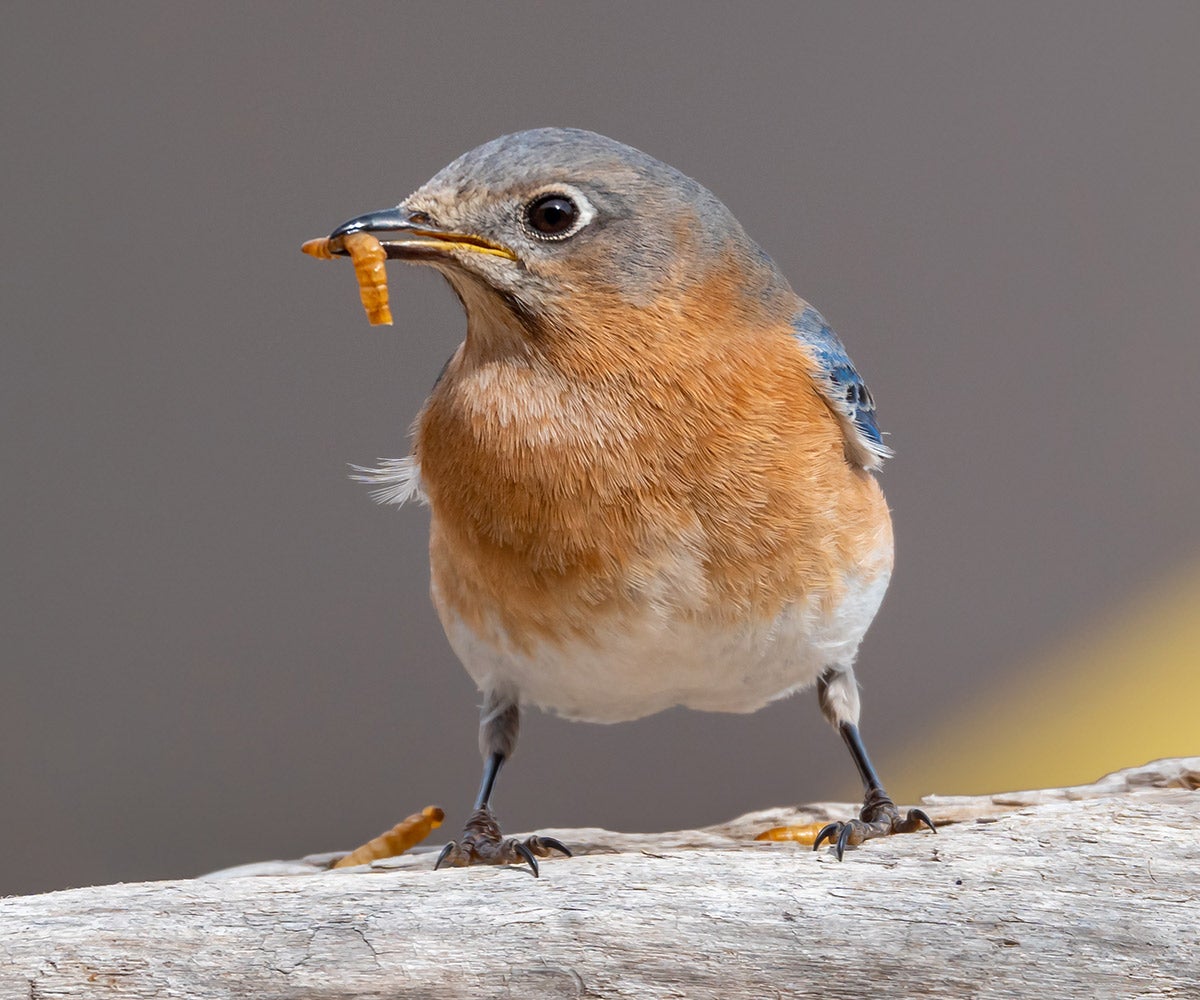
If You Build It, They Will Come.
Who wouldn’t want to have a bluebird family nesting nearby? The best way to attract them is by putting up a bluebird house.
A bluebird house should be mounted on a pole or post approximately 4-6 feet above the ground in a mostly open area. Do not mount on a fence that can be accessed by mammals or snakes. Use a baffle to further discourage predators.
The entrance should face a large tree or shrub 25-100 feet away. The entrance hole should be maximum 1½” diameter to keep out larger and nuisance birds. Don’t use a perch, as some predatory species are attracted to perches.
Your bluebird nesting box should be well ventilated, watertight and have drainage holes. It should be easy to open, monitor and clean.
Breeding Season:
Bring on the Babies!
Perhaps the only thing more exciting than spotting a bluebird is hatching an entire brood of them!
Bluebirds scout potential homes February to mid-March, but it’s never too late to put up your nesting box. Some pairs have multiple broods, and unpaired birds may nest as late as July or August. Some birds will go nest hunting in the fall, anticipating their spring breeding season.
A bluebird pair will typically have at least two broods per year. Early broods will leave in summer; later broods may stay with their parents through winter.
Once your nest box is placed, you will hopefully start to see a pair of bluebirds taking an interest in it and building their nest.
A bluebird will typically lay four to five eggs, sometimes as many as seven. Eggs are usually pale blue, but sometimes white. Eggs will be laid over a period of days, about one per day. The incubation period is 13-16 days.
The babies will fledge in about 18-19 days. When the babies are 28 days old, they can fly well, and are able to feed themselves at 30 days old. At this point, they will not return to the nest.
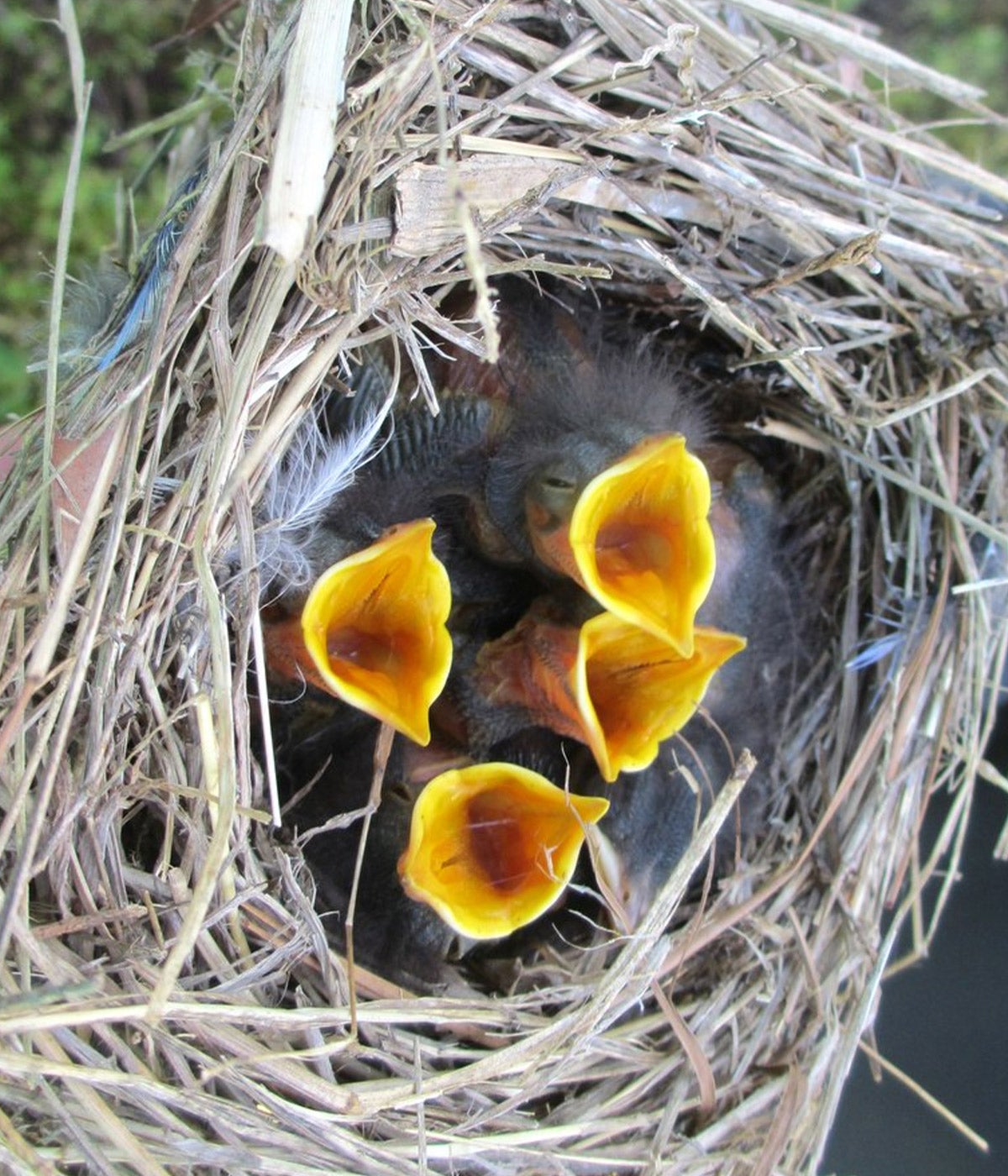
Advice for Empty Nesters
Fear not! Your bluebird pair is likely to return, or another will move in. Meanwhile, when it’s not breeding season, celebrate these delightful creatures all year long with accessories that will make your heart sing.
The more you know...
Sources for Bluebird enthusiasts
https://www.allaboutbirds.org/guide/Eastern_Bluebird/overview
https://www.audubon.org/field-guide/bird/eastern-bluebird
https://www.nationalgeographic.com/animals/birds/group/bluebirds





